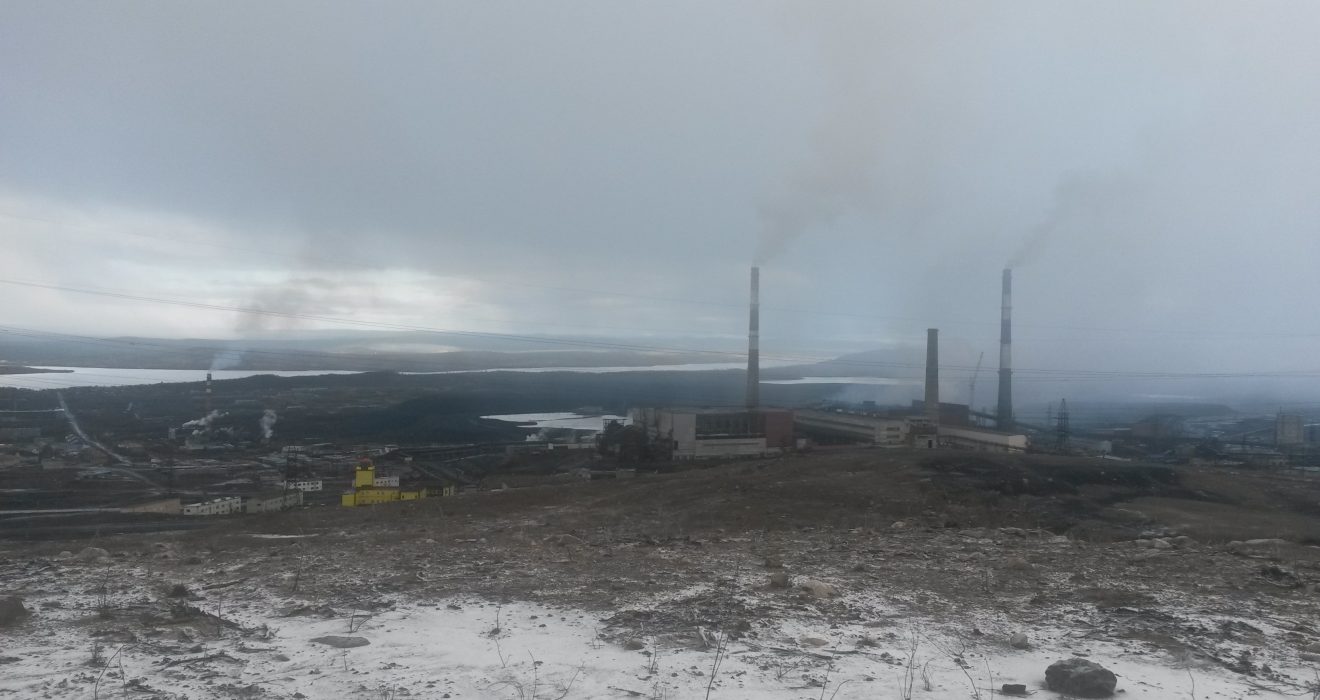The Kola Mining and Metallurgy Combine (KMMC) stands at the forefront of environmental concerns due to its notorious sulfur dioxide emissions. In a promising move, the company has recently made a commitment to slash its annual emissions by nearly half over the next two years. Operating as a subsidiary of Norilsk Nickel, a prominent player in the mining industry with its roots in Northern Siberia, KMMC’s emissions have been a longstanding point of contention between Russia and Norway. This announcement follows closely on the heels of Norilsk Nickel’s ambitious pledge to reduce emissions in its hometown by an impressive 75 percent before 2020. This collective effort by the parent company and its subsidiary reflects a noteworthy positive shift in environmental policies within the mining sector, signaling a commitment to address the ecological impact of their operations. As both entities strive to mitigate their environmental footprint, the implications of these commitments extend beyond corporate boundaries, fostering hope for improved relations and a healthier environment in the regions affected.
The Environmental Challenge
For over 25 years, the KMMC has been a focal point of environmental concerns, particularly in the Kola Peninsula industrial cities of Zapolyarny and Nikel. The emission of approximately 80,000 tons of sulfur dioxide annually poses a threat not only to the local environment but also affects neighboring regions in northern Norway. The high levels of sulfur dioxide have strained diplomatic relations between the two nations since the post-Soviet era.
Norilsk Nickel’s Ambitious Targets
Norilsk Nickel, the parent company of KMMC, has set ambitious targets to significantly reduce emissions in its hometown, considered the most polluted city in Russia. Yury Yushin, the head of Norilsk Nickel’s department of cooperative programs, announced plans to reduce emissions to 44,000 tons per year by 2019. While specific strategies were not detailed, the commitment to such a substantial reduction has garnered attention and cautious optimism.
Zapolyarny’s Briquetting Workshop
Alexander Tyukin, the KMMC’s head of science and technical development, highlighted the briquetting workshop in Zapolyarny as a primary source of pollution. The construction and launch of an installation in this facility have already led to a reduction of 35,000 tons of sulfur dioxide emissions annually. This success has allowed the company to avoid increasing emissions in Nikel, showcasing the potential positive impact of targeted interventions.
Nickel Refining Changes and Monchegorsk’s Role
As part of a broader strategy, Norilsk Nickel plans to close a nickel factory in Norilsk and shift nickel production to Monchegorsk, near the Norwegian border. Yushin clarified that emissions in Monchegorsk would not increase due to the adoption of different technology for final nickel production. Additionally, a facility will be constructed to purify salt runoff from nickel production, addressing another environmental concern. The estimated cost of this project is 1.5 billion rubles ($23.4 million).
Financial Commitments and Strategic Investments
Norilsk Nickel’s vice president, Yelena Bezdenezhnikh, announced a substantial investment of 27.7 billion rubles ($432.6 million) in the KMMC between 2017 and 2018. These funds are earmarked for strategic projects aimed at enhancing the company’s economic and environmental effectiveness, renewing technology and equipment, and supporting overall development. Such financial commitments indicate a serious intent to bring about positive change in the environmental impact of the KMMC.
Environmentalists’ Hope and Collaboration Opportunities
Environmentalists are finding renewed hope in the recent developments surrounding the Kola Mining and Metallurgy Combine (KMMC). Cautiously welcoming the commitments made by the company to reduce sulfur dioxide emissions, advocates for environmental preservation emphasize the need for tangible actions to accompany these pledges. Oskar Njaa, an advisor affiliated with Bellona’s Russian group, recognizes the positive step taken by the KMMC and expresses a readiness for collaboration to ensure a cleaner Arctic.
In acknowledging the significance of the KMMC’s commitment, Njaa’s sentiments mirror the cautious optimism prevailing within the environmental community. The hope is that these verbal assurances will materialize into concrete actions, resulting in a substantial reduction in the environmental footprint of the Kola Peninsula nickel giant. This optimism is not only a testament to the importance of corporate responsibility but also highlights the potential for collaborative efforts between industry players and environmental advocates. As stakeholders eagerly await the fulfillment of these promises, the prospect of a cleaner and more sustainable future for the Arctic region becomes a shared objective that transcends boundaries and aligns with global environmental priorities.
Conclusion
The Kola Peninsula nickel giant’s commitment to cut sulfur dioxide emissions by almost half within two years marks a pivotal moment in addressing long-standing environmental concerns. While the specifics of the strategies remain unclear, the company’s determination, coupled with significant financial investments, signals a positive shift towards a more sustainable and environmentally conscious future. As the world grapples with the challenges of climate change, the actions of major industry players like KMMC and Norilsk Nickel set a precedent for responsible corporate citizenship and environmental stewardship.

